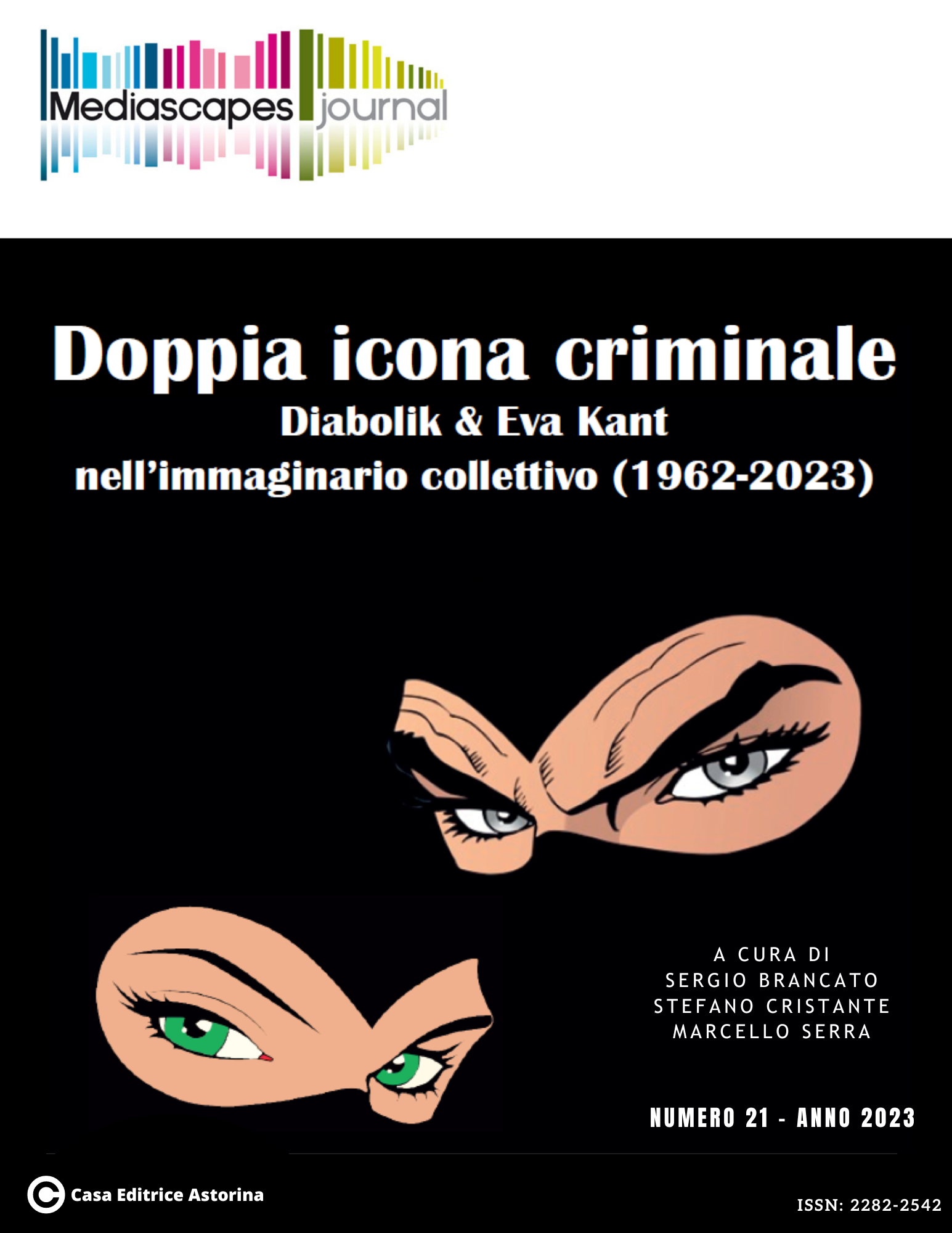Balla il rock'n'roll la Jugoslavia su Tiktok
Analisi qualitativa di contenuti online tra ricordo e reframing
Keywords:
media, memory, jugonostalgia, Tiktok, qualitative online research, media, memory, jugonostalgia, Tik Tok, qualitative online researchAbstract
Despite its disintegration three decades ago, the Socialist Federal Republic of Yugoslavia (SFRY) is still visible to contemporary audiences (Simeunović Bajić and Vujović, 2020). As Nataša Simeunović Bajić (2012a) notes, the construction of a national identity shared by the different ethnic groups that made up Yugoslavia passed through the use of mass media, which allowed the development and maintenance of certain cultural and communicative matrices that underlie the phenomenon we call jugonostalgia: the act of sweetening the memory of the past in response to the need to escape from an unsatisfactory present (Maksimović, 2017). In this sense, jugonostalgia is observable through its connection to mediated communication, as it develops in relation to the cultural identity shared through the media, which has managed for some to survive the Federal Republic. Among the products of the cultural industry, music certainly represents a central element of the repertoire of Yugoslav cultural memory (Mazzucchelli, 2012; Vučetić, 2012; Pogačar, 2015).
As we know, media have always been related to memory: past and present communities have constructed their collective identities by producing and retaining information that is useful or necessary to remember (Assman, 1992). This information expressed through the media, are used by individuals in order to understand their own experiences on the basis of the frames in which these are developed (Boccia Artieri, 2012a). In contemporary times, the mass appropriation of digital technologies by individuals adds complexity to the relationship with memory not only in terms of the productive surplus of memories (Hoskins, 2010), but also from the point of view of practices related to the mediatization of memory (Garde-Hansen, 2011).
This study examines online user-generated content on Tiktok that is united by the use of the same audio track. Bearing in mind the mediation of the platform and the role of mainstream media in providing a repertoire from which to actualise remembrance, the paper attempts to answer the question: through what kind of content is the memory of Yugoslavia represented?
To do this, 1540 Tiktok videos featuring the same 1980s Yugoslavian song igra rokenrol cela Jugoslavija (tr. Yugoslavia is dancing rock'n'roll) were qualitatively analysed. Data shows three thematic strands illustrating how the track is used in reference to three distinct ways of remembering: through nostalgia; through consumerism; through trauma.
Downloads
Published
How to Cite
Issue
Section
License

This work is licensed under a Creative Commons Attribution 4.0 International License.
Mediascapes Journal is published under a Creative Commons Attribution Licence 4.0.
With the licence CC-BY, authors retain the copyright, allowing anyone to download, reuse, re-print, modify, distribute and/or copy their contribution. The work must be properly attributed to its author. It should be also mentioned that the work has been first published by the journal Anuac.
Having published these contributions for the first time, Mediascapes Journal will have the right to publish them integrally or partially as reprints or possibly as part of a thematic issue, in both digital and printed format.
It is not necessary to ask further permissions both to author or the journal.


